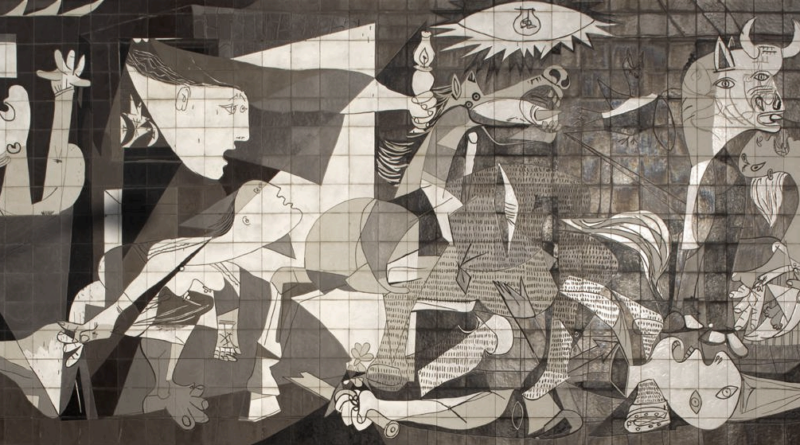Pablo Picasso’s Vision: Where Art and Technology Intertwine
Pablo Picasso, a revolutionary artist who redefined the boundaries of modern art, was a visionary who also had a keen interest in technology. He saw the potential for technology to enhance the creative process and further explore the possibilities of artistic expression. While he believed in the power of traditional tools like brushes and canvas, he also embraced emerging technologies like photography and film, incorporating them into his innovative artistic practices.
Picasso’s fascination with technology stemmed from his belief that it could liberate artists from the constraints of traditional media and allow them to explore new dimensions of creativity. He saw photography as a valuable tool for documenting and analyzing his work, enabling him to capture fleeting moments and study the effects of different artistic approaches. He also experimented with film, creating short avant-garde films that reflected his Cubist style and explored themes of transformation and metamorphosis.
Picasso’s engagement with technology was not merely a passing interest; it was deeply integrated into his artistic philosophy. He believed that technology should not replace traditional artistic practices but rather augment and expand them. He saw technology as a tool to enhance creativity, allowing artists to break free from conventional forms and explore new ways of expressing their ideas.
In the realm of painting, Picasso’s exploration of technology took on various forms. He experimented with new materials and techniques, such as collage and assemblage, which allowed him to incorporate everyday objects into his canvases and create works that blurred the lines between art and reality. He also embraced new printing methods, such as silkscreen printing, which enabled him to replicate his work on a wider scale and reach a broader audience.
Picasso’s visionary outlook extended beyond his own work to encompass the broader trajectory of art and technology. He recognized that technology was constantly evolving and that artists needed to adapt to these changes in order to remain relevant and innovative. He envisioned a future where technology would play an even more integral role in the creative process, allowing artists to explore new forms of expression and create art that was more immersive and interactive.
Picasso’s insights into the relationship between art and technology remain as relevant today as they were during his lifetime. The rapid advancement of technology has opened up new possibilities for artists, from digital art and virtual reality to artificial intelligence and machine learning. As we continue to explore these frontiers, Picasso’s legacy serves as a reminder that technology can be a powerful tool for artistic innovation and expression.

